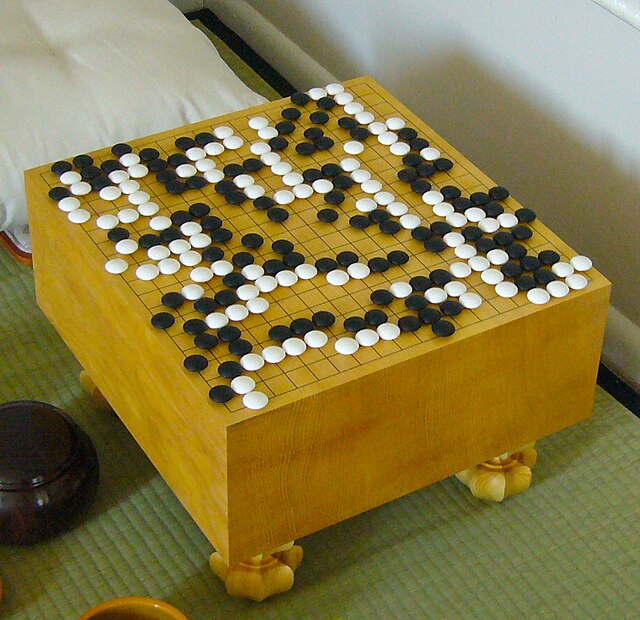Combinatorial game theory
Combinatorial game theory is a branch of mathematics and theoretical computer science that typically studies sequential games with perfect information. Study has been largely confined to two-player games that have a position that the players take turns changing in defined ways or moves to achieve a defined winning condition. Combinatorial game theory has not traditionally studied games of chance or those that use imperfect or incomplete information, favoring games that offer perfect information in which the state of the game and the set of available moves is always known by both players. However, as mathematical techniques advance, the types of game that can be mathematically analyzed expands, thus the boundaries of the field are ever changing. Scholars will generally define what they mean by a "game" at the beginning of a paper, and these definitions often vary as they are specific to the game being analyzed and are not meant to represent the entire scope of the field.

Mathematicians playing Kōnane at a combinatorial game theory workshop
Go is an abstract strategy board game for two players in which the aim is to capture more territory than the opponent by fencing off empty space. The game was invented in China more than 2,500 years ago and is believed to be the oldest board game continuously played to the present day. A 2016 survey by the International Go Federation's 75 member nations found that there are over 46 million people worldwide who know how to play Go, and over 20 million current players, the majority of whom live in East Asia.
Go is played on a grid (usually 19×19). Game pieces (stones) are played on the grid line intersections.
Model of a 19×19 Go board, from a tomb of the Sui dynasty (581–618 CE)
Painting of a woman playing Go, from the Astana Graves. Tang dynasty, c. 744 CE.
Li Jing playing Go with his brothers. Detail from a painting by Zhou Wenju (fl. 942–961 CE), Southern Tang dynasty.





